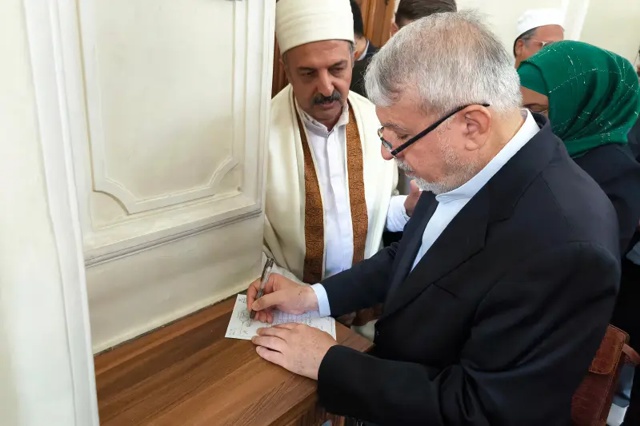Ceremonies during Nowruz (New Year) or Gahambars (seasonal harvest festivals) often involve public prayers and feasts near the fire temple. Priests (Mobeds) undergo extensive training to manage temple rituals, ensure the fire remains pure, and conduct ceremonies like marriages, funerals, and initiations. Allow smoke and incense to rise naturally, maintaining an aura of sanctity. Temples are typically aligned to the cardinal directions, emphasizing harmony with nature.
Unlike other religious architectures, Zoroastrian temples are understated, focusing on simplicity, light, and purity rather than grandeur. Some historic temples, like the Atash Behram in Udvada, India, are renowned for their intricate woodwork and ceremonial halls, blending Persian and Indian architectural styles. The sacred flame, sometimes burning for centuries, symbolizes the unbroken tradition of Zoroastrian faith. For Parsis and Zoroastrians, temples serve as cultural anchors, preserving language, rituals, and community cohesion.


